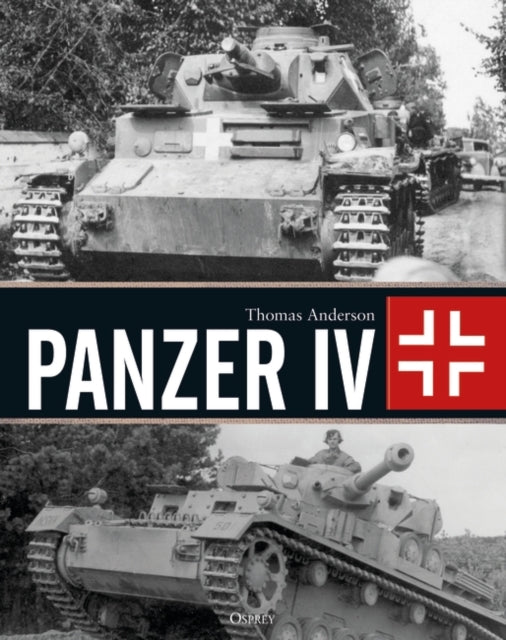Panzer IV
Usually shipped within 24 hours
UK deliveries from £5.95
Delivery & Returns
Delivery & Returns
We use the Royal Mail, DHL Express or UPS for our customers. For UK addresses, deliveries under 10kg are a standard £4.95 via Royal Mail Tracked 48 Service. For orders over 10kg and overseas customers, postage is calculated for you at checkout once you have entered your postal address. This price, does not include any potential custom charges that may apply, depending on the product or destination, as every country has very different import duties / taxes. Online exclusive products (such as trainers) will be delivered to you directly from the printer, separate from other items in your order, but your postage fee covers ALL items in your order.
If you are unhappy with your purchase, please email shop@tankmuseum.org within fourteen (14) working days of receiving your goods, and return it to us at the address below, in its original condition, unopened (with any seals and shrink-wrap intact) and we will issue you a full refund or replace it. Goods must be returned at your own cost. If the item is faulty, you do not need to return it, we will send you a replacement free of charge.
Description
Description
By Thomas Anderson
The Panzer IV programme was started in 1934, forming, alongside the Panzer IIs and IIIs, the schnellen Truppen, the force that was to become the Panzerwaffe. At first, German planners envisioned the tank in a secondary role, but during the invasions of The Low Countries and France, it took on a more central role. When the Panzerwaffe turned east to attack the Soviet Union, the Panzer IV initially fared poorly against the better-armed T-34.
However, upgrades to its gun and armour protection saw it perform far better, not only against Soviet armour but also against British and American tanks in North Africa and Italy. In 1944, it was slowly replaced by the Panzer V Panther, but the dire strategic situation meant that it bore the brunt of the Allied D-Day invasion and its aftermath, and it remained in service until the end of the war.
Fully illustrated throughout with contemporary photographs, this fascinating study from German armour expert Thomas Anderson tells the complete story of Germany's most widely produced tank of World War II, from its design and development to its many upgrades and variants.
![Panzer IV Book [variant_option4]](http://tankmuseumshop.org/cdn/shop/products/9781472829689.jpg?v=1748336970&width=1214)

![Panzer IV Book [variant_option4]](http://tankmuseumshop.org/cdn/shop/products/9781472829689.jpg?v=1748336970&width=88)
![Christmas Tank Museum Wrapping Paper - Two sheet pack Wrapping Paper [variant_option4]](http://tankmuseumshop.org/cdn/shop/files/DSC2318.jpg?v=1759225755&width=176)

![Panzer IV Book [variant_option4]](http://tankmuseumshop.org/cdn/shop/products/9781472829689.jpg?v=1748336970&width=640)



